Imagine a world where enormous, fanged cats stalked the frozen plains, locking eyes with woolly mammoths under shimmering auroras. These were the rulers of the Ice Age—saber-toothed cats, fierce and wild, each with their own secrets. Ready to meet the six most legendary feline titans that ever prowled the prehistoric world? Let’s dive into a gallery of jaw-dropping predators that once sent chills down the spines of everything—giant and small.
Smilodon fatalis — The Classic Saber-Tooth

With canines stretching longer than a human hand, Smilodon fatalis reigns as the undisputed superstar of saber-toothed cats. Its stocky, muscular build and legendary fangs made it a fearsome force on the Ice Age plains, capable of taking down mammoths, bison, and other giant prey. But brute strength wasn’t its only weapon—Smilodon was a master of patience, lurking in frozen shadows and striking with terrifying precision. Imagine the lions of the Ice Age, but with a flair for drama and a bite built for legends.
Smilodon populator — The Giant Among Giants
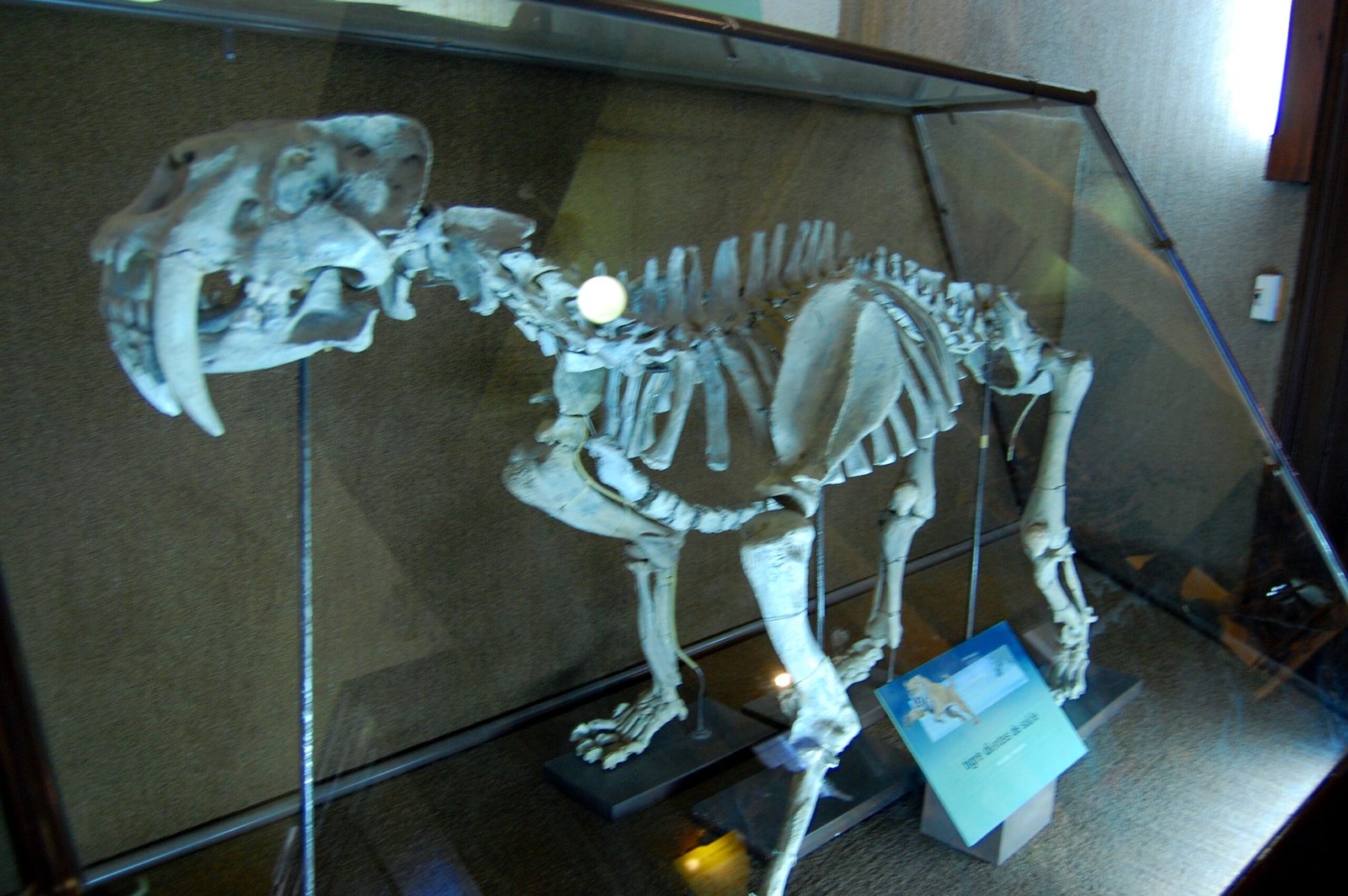
Smilodon populator was the colossal king of saber-toothed cats, towering over today’s tigers and tipping the scales at over 900 pounds. Roaming South America as the apex predator, it combined immense power with deadly precision, delivering bone-crushing bites that could bring down giants. Even massive prey like ground sloths and juvenile mammoths weren’t safe from this heavyweight ambush specialist. With its terrifying size and strength, Smilodon populator wasn’t just a hunter—it was a prehistoric force of nature.
Homotherium serum — The Scimitar-Toothed Cat
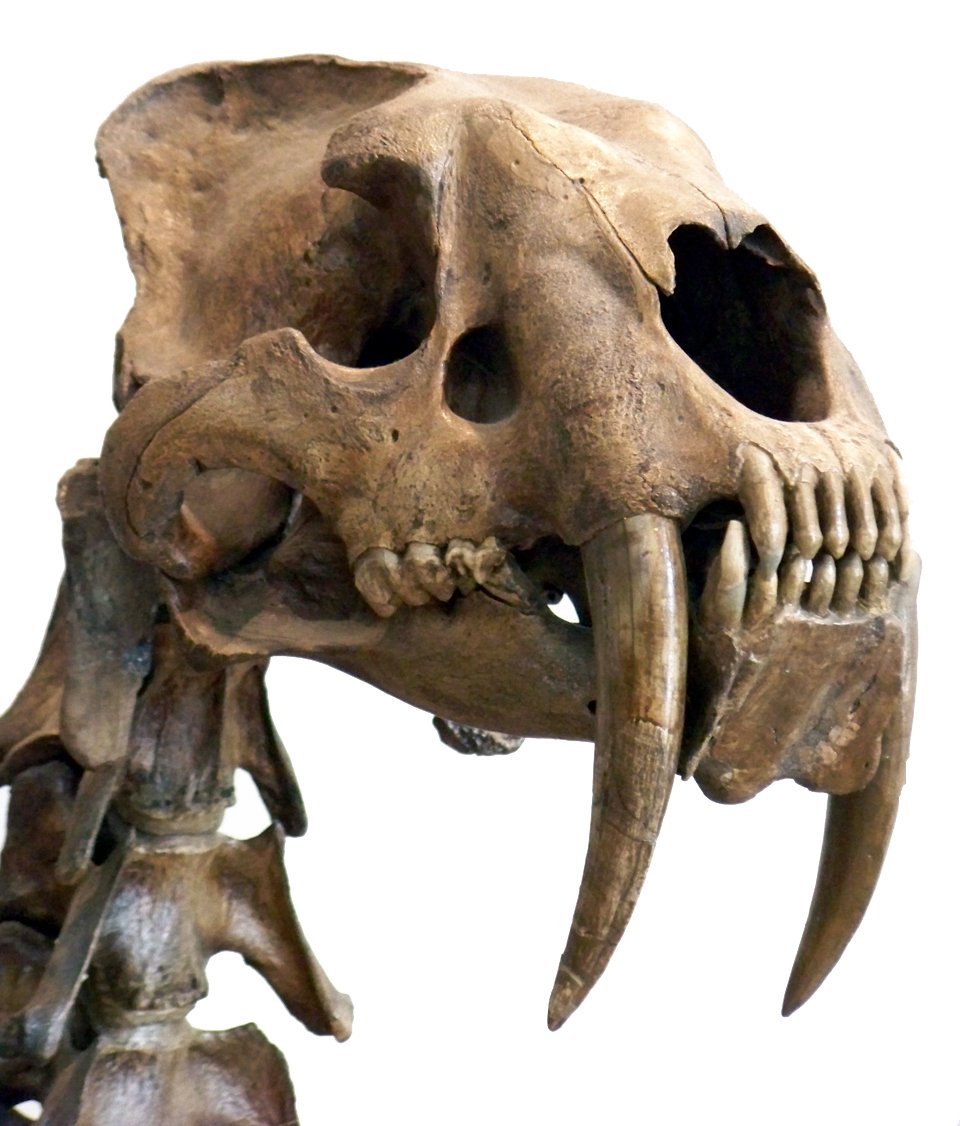
Homotherium took saber-teeth to the next level, sporting sleek, scimitar-shaped fangs built for slicing rather than stabbing. With long limbs and a lean, athletic build, it was designed for endurance and speed—ideal for chasing prey across vast, open plains. Unlike many of its saber-toothed cousins, Homotherium likely hunted in coordinated packs, using teamwork to take down enormous animals like mammoths and rhinoceroses. Imagine a pride of saber-fanged cheetah-speed predators moving in sync—fast, strategic, and absolutely terrifying.
Smilodon gracilis — The Nimble Hunter

The smallest of the Smilodon clan, Smilodon gracilis lived up to its name with a lighter, more agile build perfectly suited for stealth and speed. Unlike its heavyweight relatives, it didn’t chase mammoths—instead, it specialized in silently stalking deer, bison, and other nimble prey across the Ice Age tundra. With its sleek form and quiet, calculated movements, it was a master of the silent kill. Think of gracilis as the panther of the Ice Age—a swift, saber-toothed shadow in a frozen world.
Megantereon — The Early Innovator
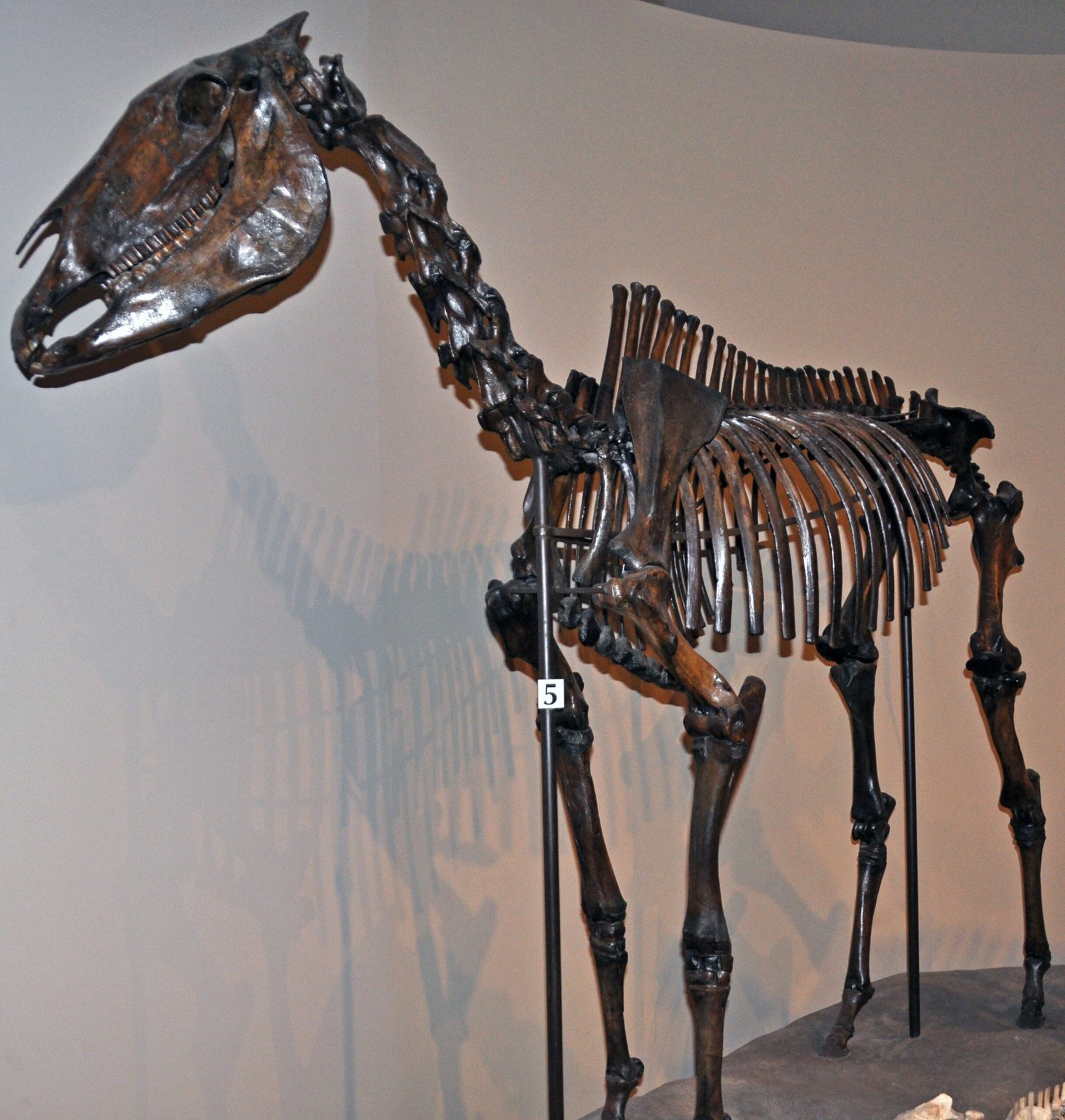
Long before Smilodon dominated the Ice Age, Megantereon was already mastering the art of the saber-tooth hunt. Though its fangs were shorter, this agile predator made up for it with brains, balance, and a deadly ambush strategy. A skilled climber, Megantereon likely hauled its kills into trees—much like modern leopards—keeping them out of reach from rival predators below. It was a sleek, silent killer that proved brains and technique could rival brute strength.
Machairodus giganteus — The “Sword Tooth” Titan
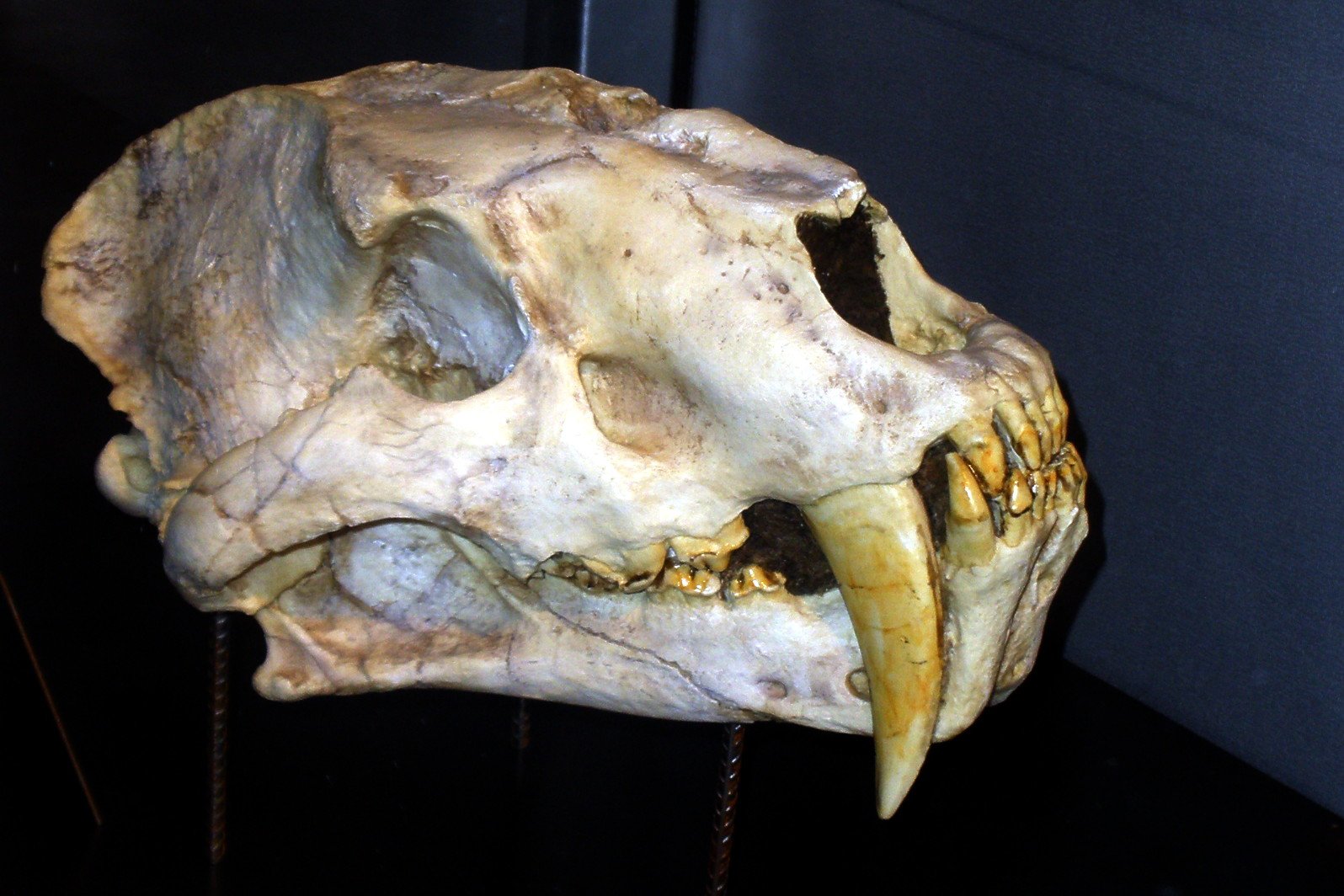
With a name that translates to “knife tooth,” Machairodus giganteus lived up to its fearsome reputation. Armed with blade-like canines and a massive, lion-sized frame, it was built to take down some of the largest herbivores of its time. This prehistoric powerhouse combined size, strength, and slicing precision to dominate its environment. Think of it as a saber-tooth with a lion’s bulk, a tiger’s confidence, and a bite that meant serious business.
Smilodon cubs — The Adorable Side of Fierce

Even the most fearsome predators begin life as bundles of fluff. Smilodon cubs, with their oversized paws, tiny saber nubs, and wide, curious eyes, were both adorable and vulnerable, depending heavily on their mothers for warmth, food, and safety. Fossil evidence suggests these prehistoric families stuck close together, with strong social bonds that helped young cubs survive in a harsh, Ice Age world. Picture soft, blue-eyed kittens nestled in a den, growing up among mammoths, dire wolves, and snow-covered giants.
Night Stalkers — Saber-Cats’ Legendary Ambush Skills

Unlike today’s big cats that often rely on speed in broad daylight, saber-toothed cats were masters of the twilight hunt, using dusk and darkness to their advantage. Their wide-set eyes were finely tuned for low light, granting them exceptional night vision perfect for stalking through the shadows. These predators didn’t chase—they waited, silent and still, blending into the underbrush as massive mammoths and other prey passed by, unaware of the danger. Imagine a hulking silhouette, all muscle and menace, cloaked in darkness and ready to strike.
Ice Age Duels — Face-Offs with Dire Wolves

Saber-toothed cats didn’t rule the ancient world alone—dire wolves prowled the same territories, equally fierce and always hungry. When these apex predators crossed paths over a fresh kill, the clashes were nothing short of legendary. Fossil sites reveal shattered bones and deep bite marks, silent evidence of brutal, high-stakes battles for survival. These were no ordinary scavenger skirmishes—they were prehistoric showdowns between the ultimate Ice Age heavyweights.
Those Iconic Fangs — Not Just for Looks
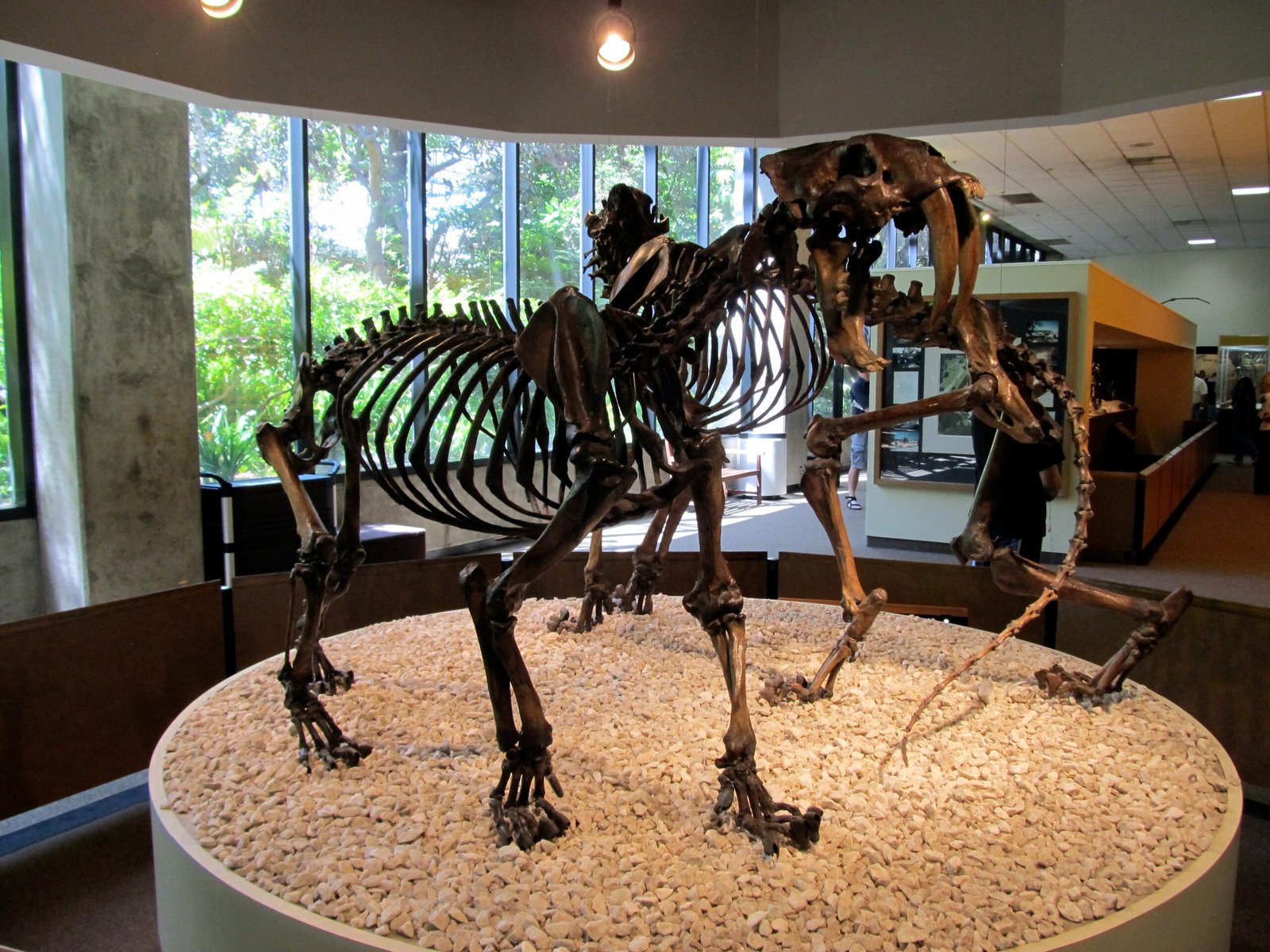
Those iconic saber-shaped canines were far more than just dramatic dental décor—they were finely tuned weapons of precision. Saber-toothed cats used them to deliver swift, lethal bites to the soft throats or underbellies of massive prey, targeting vulnerable spots with surgical accuracy. Though surprisingly fragile, these fangs weren’t built for bone-crushing but for slicing with deadly efficiency. In the world of giant herbivores and fierce competition, those elegant blades meant the difference between feast and famine.
Frozen Legends — Why Saber-Cats Thrilled Early Humans
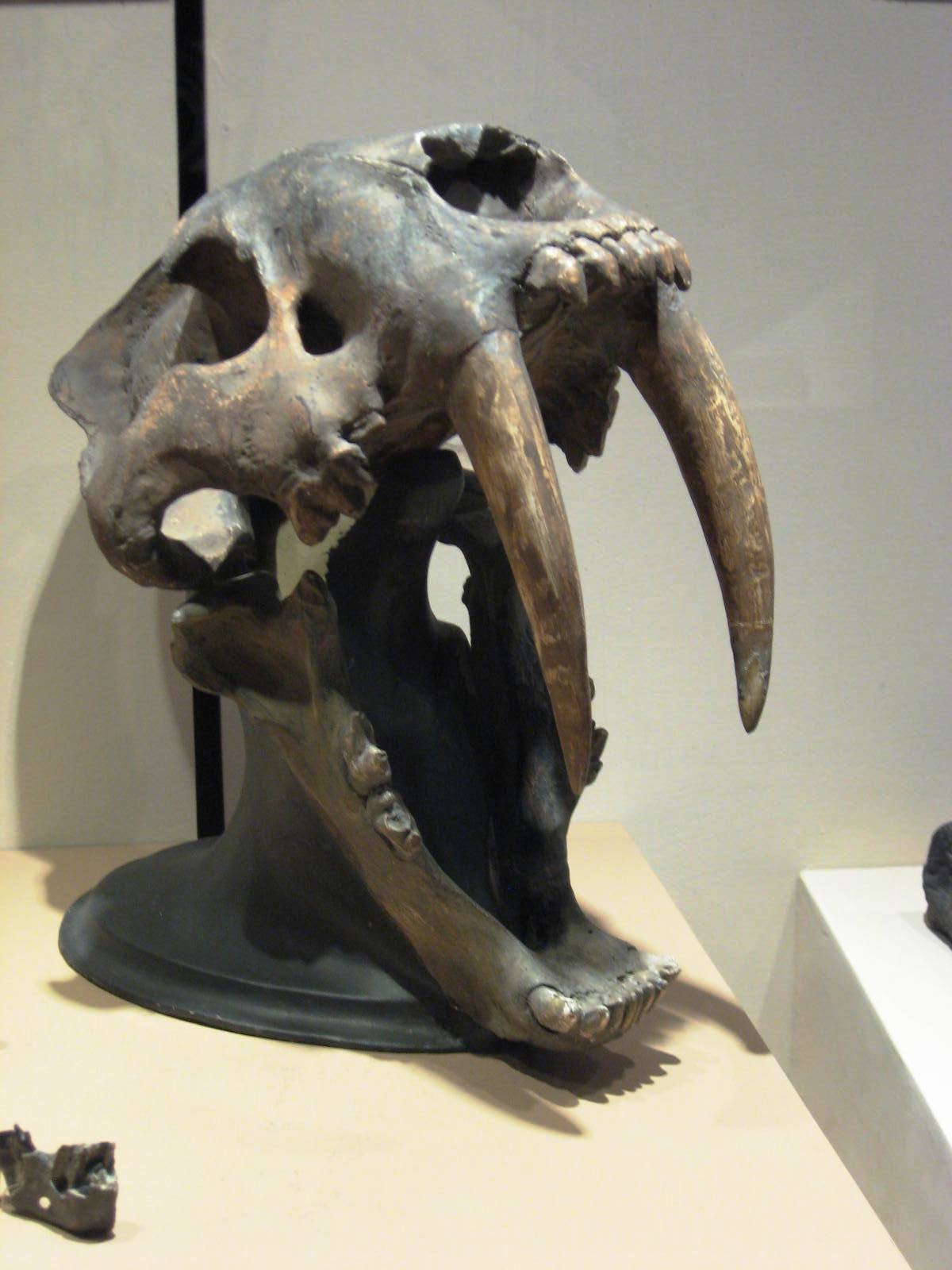
Cave paintings reveal that Ice Age humans both feared and admired saber-toothed cats, capturing their powerful forms in ochre and charcoal on stone walls. To these early people, the saber-cats weren’t just predators—they were living symbols of strength, danger, and the untamed wild. Their presence inspired awe, woven into myths and warnings passed down through generations. Imagine the flicker of firelight on cave walls as stories echoed of fanged beasts stalking just beyond the darkness.
Claw Power — More Than Just Teeth

With claws like curved meat hooks, saber-toothed cats had the perfect tools for grappling giant prey such as bison or even young mammoths. These powerful, retractable claws stayed razor-sharp, ideal for slashing through thick hides and holding struggling victims in place. Paired with their deadly fangs, they turned each paw into a precision weapon—nature’s version of a multi-tool. Think of them as walking, roaring steak knives, built for one thing: taking down giants.
Social Cats or Lone Wolves? The Debate Continues

Some fossils reveal groups of saber-toothed cats buried together, hinting at possible pack behavior and social bonds—more like lions than loners. Yet other evidence suggests a solitary lifestyle, where each cat hunted and lived alone, tiger-style. Scientists are still piecing together the truth, and the debate adds an intriguing layer to their legend. Were they fierce loners or coordinated killers? Either way, their wild mystery only deepens their prehistoric allure.
How Fast Were They? Sprint, Don’t Run

Saber-toothed cats weren’t built for endurance—they were built for power. With thick, muscular legs and a low-slung frame, they specialized in short, explosive bursts of speed to ambush prey, not chase it across miles. Think of them less like cheetahs and more like sumo wrestlers with claws—delivering raw strength in sudden, devastating charges. Their hunting strategy was all about surprise, power, and precision, not stamina.
Life in the Tar Pits — What La Brea Reveals
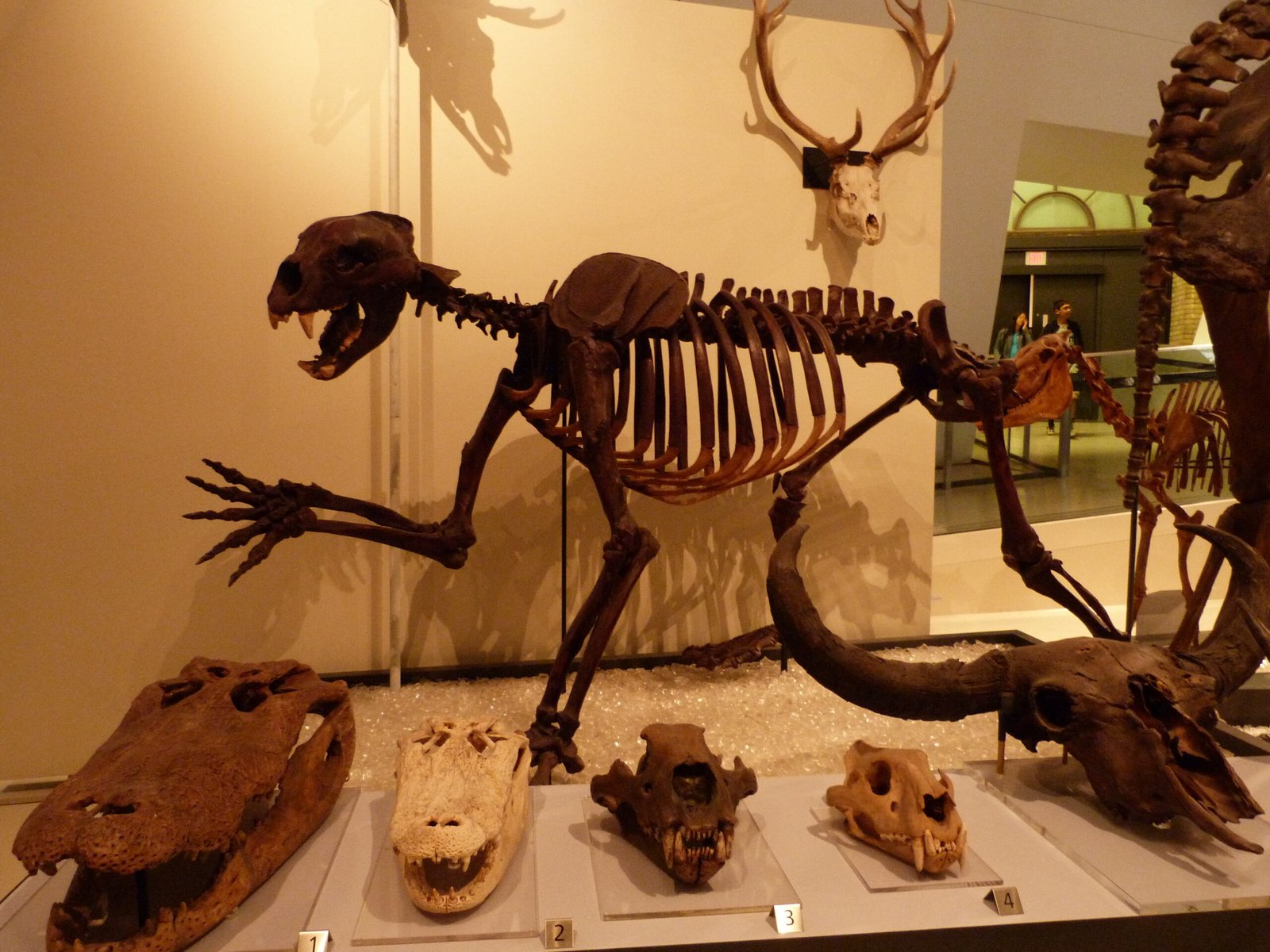
The La Brea Tar Pits in California are a treasure trove of Ice Age life, preserving thousands of saber-toothed cat fossils in astonishing detail. These sticky, asphalt-filled traps didn’t just snare prey—they lured in predators too, creating a prehistoric pileup of dire wolves, mammoths, and saber-cats locked in a final struggle. It’s one of the world’s most vivid time capsules, capturing the drama, danger, and diversity of the Pleistocene in one incredible site. Thanks to these ancient tar pits, we get a front-row seat to life—and death—in the age of giants.
Bone-Crushing Jaws — Myth or Fact?

Though their fangs were iconic, saber-toothed cats didn’t rely on brute bite force like modern lions. Their jaws were designed for precision over power, delivering lethal, targeted strikes to soft tissue rather than crushing bone. What they lacked in bite strength, they made up for in deadly accuracy. One perfectly placed bite—and even a mammoth’s story could come to a swift and silent end.
Tail Tales — Short and Sturdy
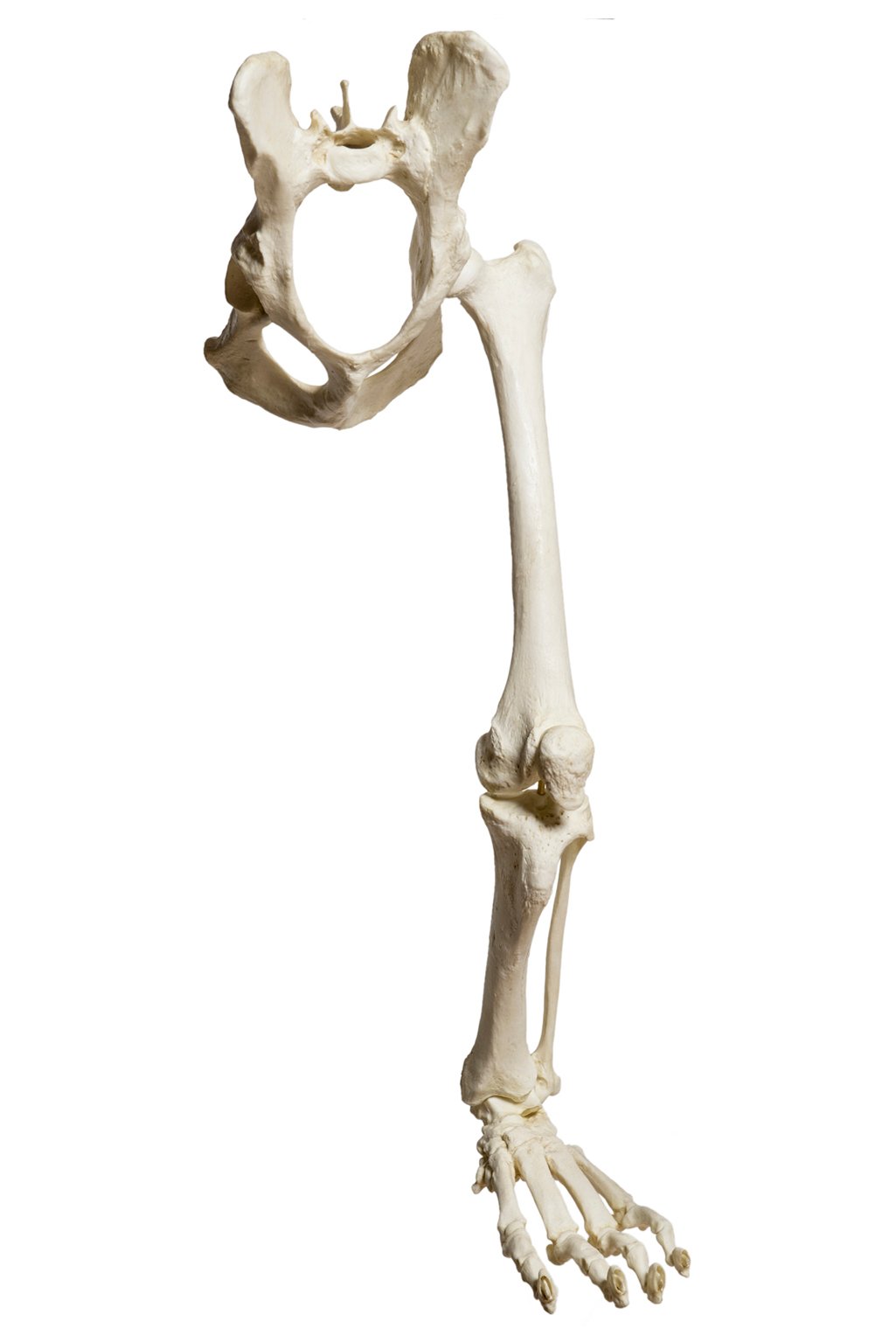
Unlike today’s leopards or lions, saber-toothed cats had surprisingly short, stubby tails—more like a bobcat’s than a jungle cat’s. This compact tail helped with balance during close-range ambushes, allowing them to stay steady while grappling massive prey. But it also meant they weren’t built for twisting, high-speed chases across open terrain. Picture a muscular, saber-fanged predator with the tail of a rabbit—odd, but perfectly suited to its deadly style.
Ice Age Neighbors — Sharing the World with Giants

Saber-toothed cats shared their Ice Age world with a cast of colossal co-stars—woolly mammoths, mastodons, giant ground sloths, and towering bison. It was a land ruled by giants, and even top predators like saber-cats didn’t always have the upper paw. When the hunt failed or the competition was too fierce, they had to scavenge, picking over leftovers from other kills. In this frozen, high-stakes ecosystem, survival often meant knowing when to fight—and when to feast on scraps.
Why Did They Disappear? The Great Mystery
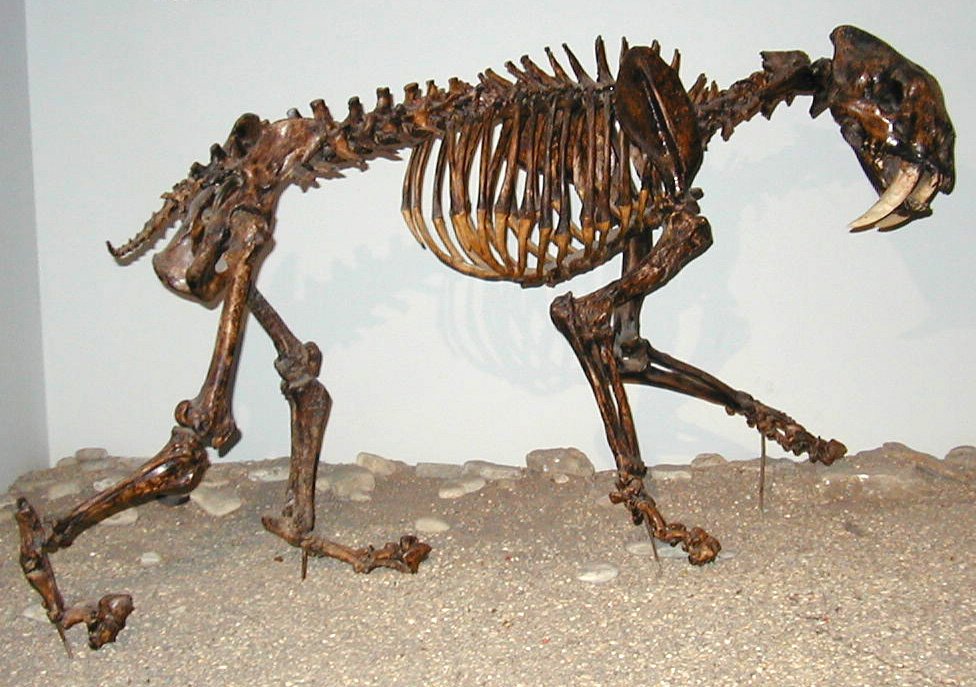
Despite their legendary status as apex predators, saber-toothed cats disappeared around 10,000 years ago, vanishing with many other Ice Age giants. Was it a warming climate, the rise of skilled human hunters, or fierce competition for dwindling prey? Scientists are still piecing together the clues, but no single answer fully explains their mysterious extinction. Whatever the cause, their disappearance remains one of prehistory’s most haunting unsolved mysteries.
Sabers in the Snow — Adapting to the Cold

Saber-toothed cats were well-equipped for Ice Age winters, with thick fur coats and muscular bodies that helped conserve heat in bitter cold. Some researchers believe they also had furry footpads—like those of modern lynxes—to insulate their paws and move silently across snowy terrain. These adaptations made them stealthy and resilient hunters in harsh, frozen landscapes. They weren’t just predators—they were perfectly engineered for the cold.
World Travelers — Found on Four Continents
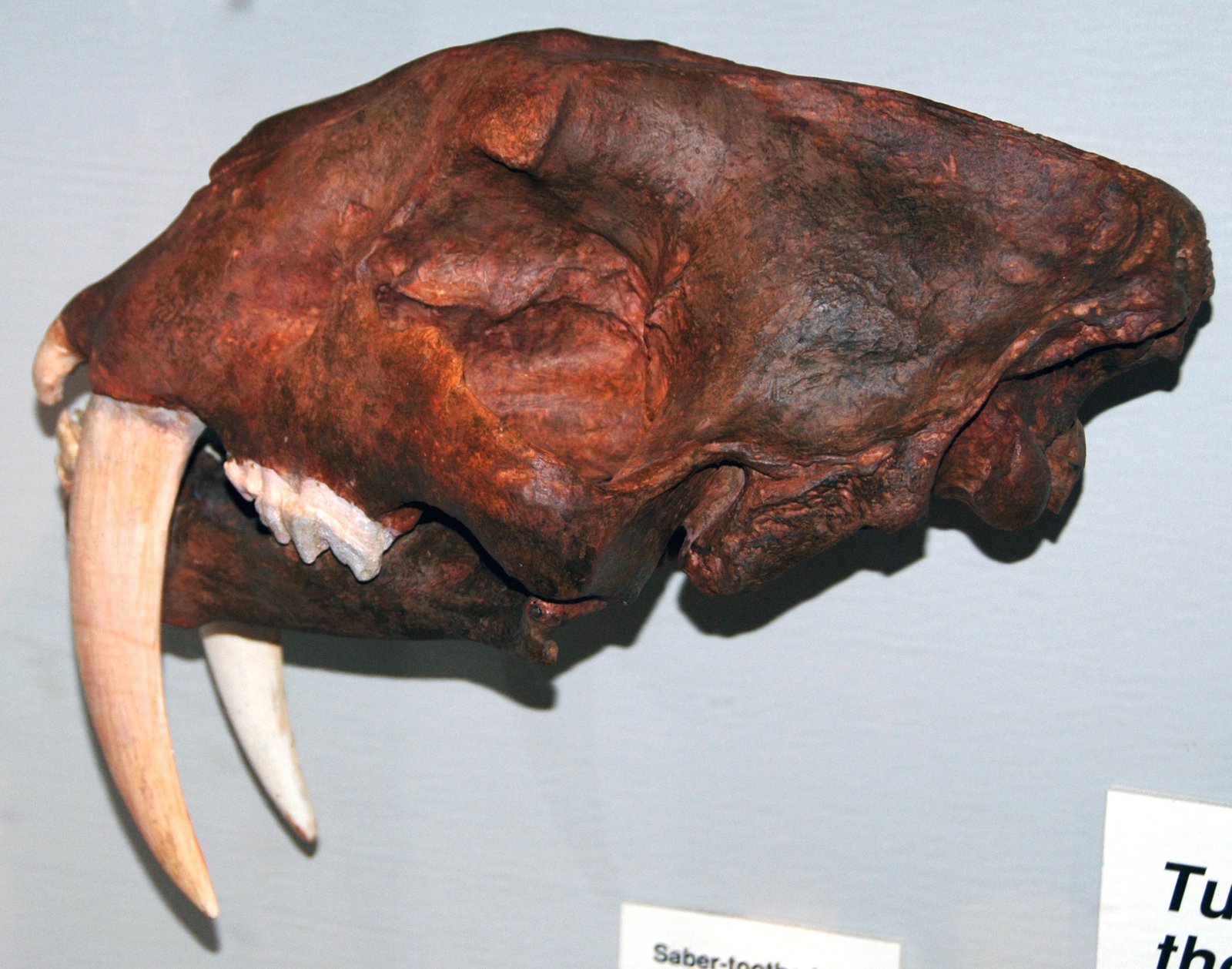
Saber-toothed cats were true globe-trotters of the prehistoric world, spreading across North and South America, Europe, Asia, and Africa—every continent except Australia and Antarctica. Their ability to thrive in dense forests, open plains, and icy tundra made them some of the most adaptable predators of their time. Whether stalking mammoths in the snow or ambushing prey in sunlit grasslands, these fierce felines ruled wherever they roamed. They weren’t just widespread—they were unstoppable.
New Discoveries — What Ancient DNA Reveals

Cutting-edge DNA research has revealed surprising twists in the saber-toothed cat story. Despite their fierce looks, they aren’t direct ancestors of today’s lions or tigers—instead, they belong to a completely separate branch of the feline family tree. These prehistoric predators were evolutionary cousins, not parents, to modern big cats. Their fearsome fangs and powerful builds were the result of unique adaptations, not a direct line of descent.
Fossil Frenzy — Why Kids Love Saber-Cats
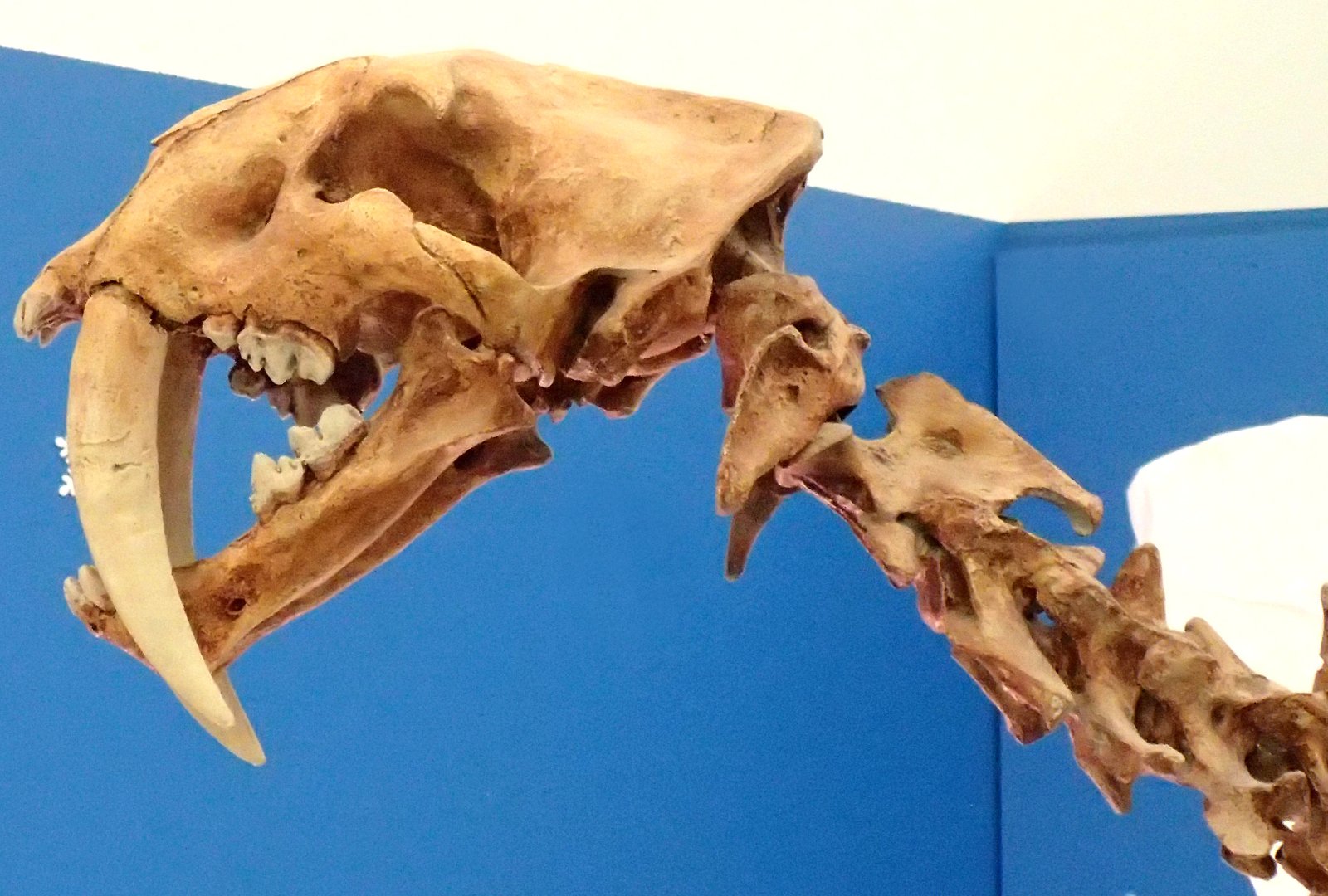
There’s a reason saber-toothed cats steal the spotlight in museums, cartoons, and pop culture—they’re prehistoric icons with serious style. Those oversized fangs, muscular frames, and intense expressions make them unforgettable, sparking fascination in both kids and adults. Unlike dinosaurs or other Ice Age beasts, saber-cats have a dramatic, almost mythical presence. They’re not just cool—they’re the rock stars of the ancient world.
Saber-Toothed Cats in Pop Culture
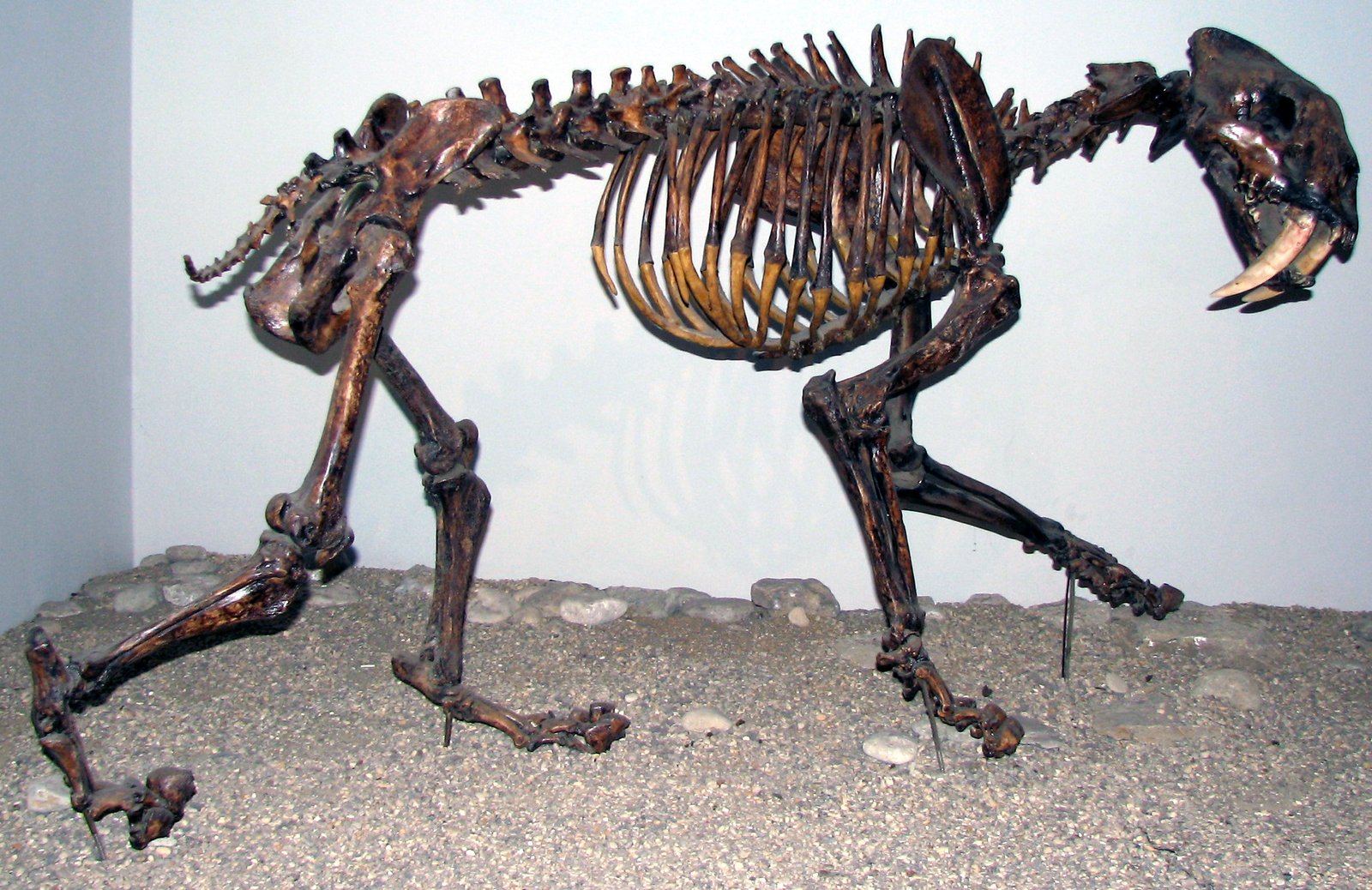
From blockbuster movies like Ice Age to epic video games and graphic novels, saber-toothed cats have clawed their way deep into pop culture. Their fierce presence, mysterious past, and jaw-dropping fangs make them the ultimate Ice Age icons. Whether portrayed as heroes, villains, or majestic beasts, they captivate audiences with their raw power and primal allure. Few prehistoric predators have left such an unforgettable mark on our collective imagination.
Legacy of the Sabers — Lessons from the Past
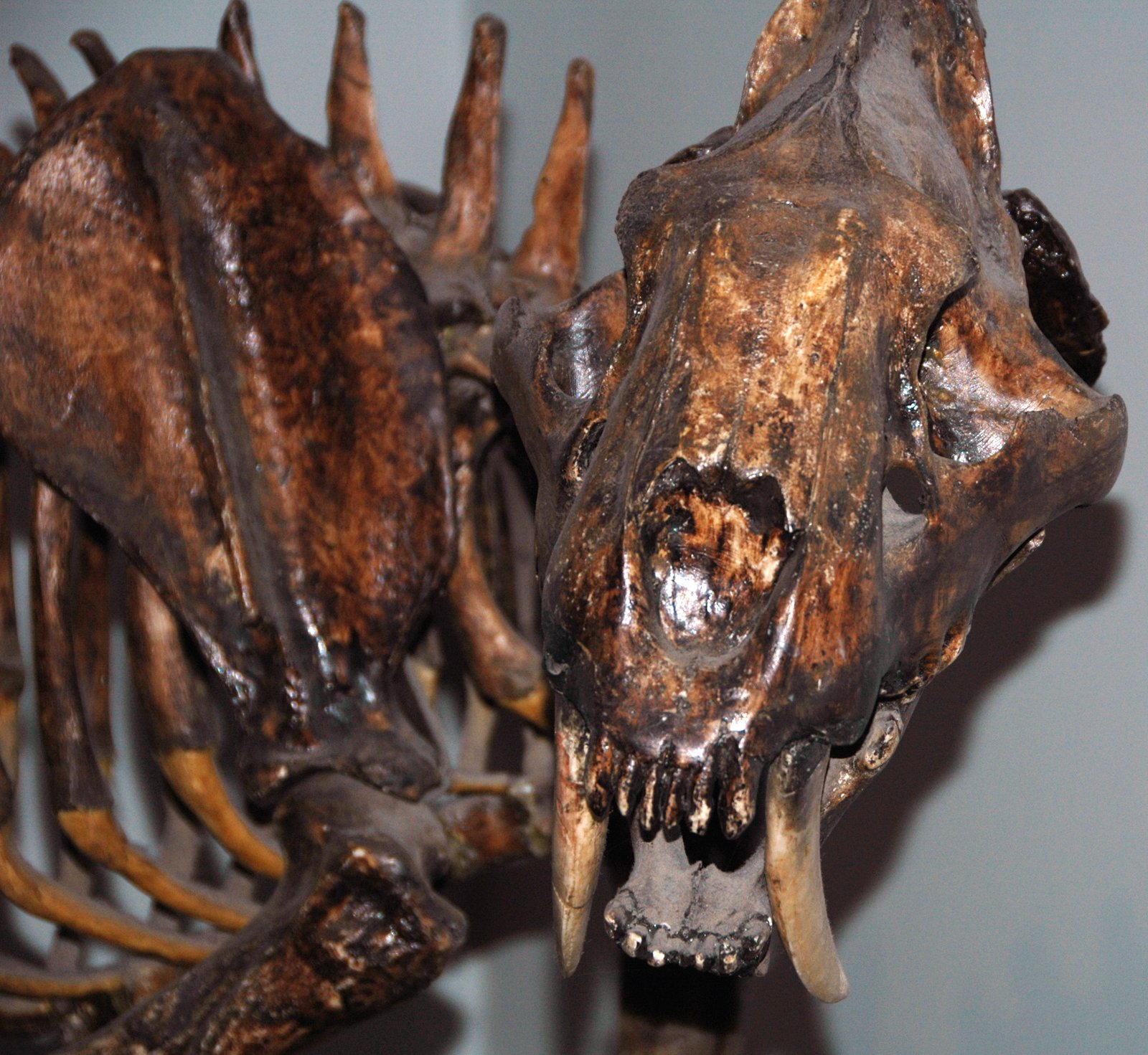
The rise and fall of saber-toothed cats is a powerful reminder of how swiftly nature can shift, reshaping entire ecosystems in the blink of an era. Their story is both a marvel of evolution and a cautionary tale about survival and extinction. These ancient predators ruled the Ice Age, yet vanished almost overnight. It makes you wonder—what other forgotten giants still lie buried in the ice, waiting for their story to be told?
Which Saber-Cat Would You Meet?

If you could journey back to the Ice Age, which saber-toothed superstar would you choose to encounter? The colossal Smilodon populator, towering with muscle and menace? The sleek, scimitar-fanged Homotherium, built for speed and teamwork? Or perhaps a curious Smilodon cub, tumbling through the snow with oversized paws and stubby fangs? Whatever your pick, it’s a prehistoric safari worth dreaming about—let your imagination run wild!

Suhail Ahmed is a passionate digital professional and nature enthusiast with over 8 years of experience in content strategy, SEO, web development, and digital operations. Alongside his freelance journey, Suhail actively contributes to nature and wildlife platforms like Feline Fam, where he channels his curiosity for the Feline into engaging, educational storytelling.
With a strong background in managing digital ecosystems — from ecommerce stores and WordPress websites to social media and automation — Suhail merges technical precision with creative insight. His content reflects a rare balance: SEO-friendly yet deeply human, data-informed yet emotionally resonant.
Driven by a love for discovery and storytelling, Suhail believes in using digital platforms to amplify causes that matter — especially those protecting Earth’s biodiversity and inspiring sustainable living. Whether he’s managing online projects or crafting wildlife content, his goal remains the same: to inform, inspire, and leave a positive digital footprint.





